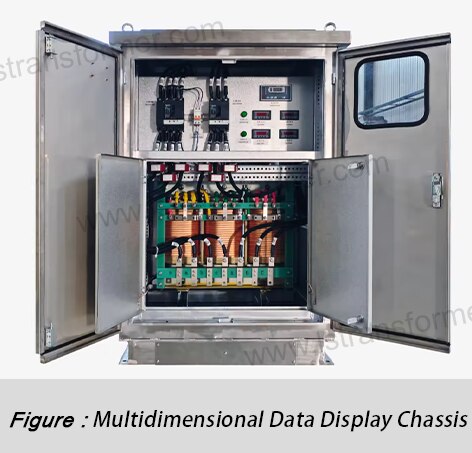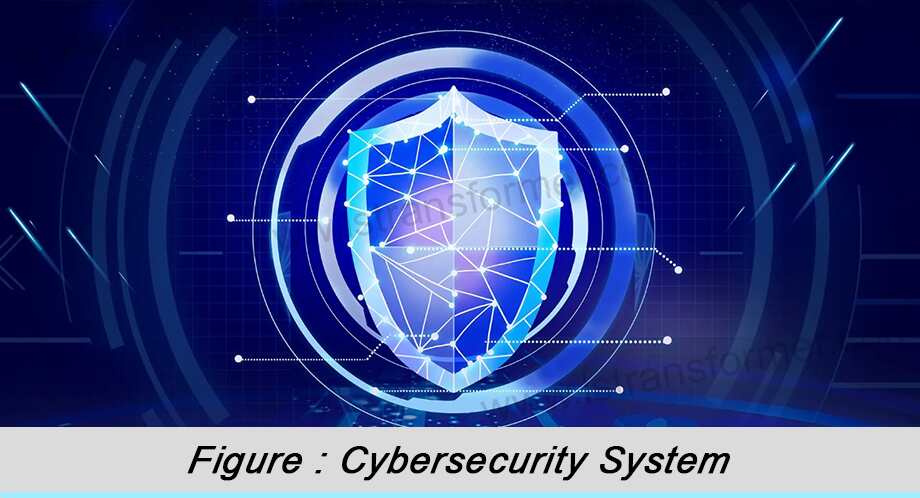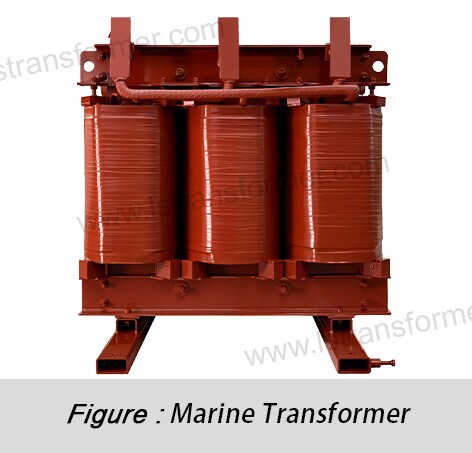The Smart Grid Era: Evolution of Digital Transformer Technology
The Smart Grid Era: Evolution of Digital Transformer Technology
The global energy system is undergoing a profound transformation driven by smart grid technology. According to the International Energy Agency (IEA), global investments in smart grids are projected to exceed $400 billion by 2030. As the "nerve nodes" of power grids, digital transformers are evolving from traditional equipment into intelligent terminals integrated with sensing, computing, and communication capabilities.
Through real-time data collection, edge analytics, and predictive maintenance, digital transformers enhance grid efficiency to over 99% while reducing operational costs by 30%-50%. This article explores the core technological pathways of digital transformers, aligned with international standards such as IEC 61850 and IEEE C57.91, and their far-reaching impact on the energy transition.
Content
1. Embedded Sensing & Data Fusion: From "Black Box" to Transparent Operations
●High-Frequency Sensing & Multi-Parameter Monitoring
Traditional transformers rely on manual inspections and periodic tests, leading to data gaps and delays. Digital transformers deploy fiber-optic temperature sensors, ultrasonic partial discharge sensors, and vibration sensors in windings, cores, and insulating oil, enabling tens of thousands of high-frequency data samples per second.
Fiber-optic sensors, based on Raman scattering principles, monitor winding hotspot temperatures with ±0.1°C precision. Partial discharge sensors capture nanosecond electromagnetic pulses, using Fourier transforms to identify insulation defects.
Real-World Case:TenneT deployed fiber-optic sensors in North Sea offshore wind farms, reducing transformer failure rates from 1.8 to 0.7 incidents annually and cutting maintenance costs by 45%. The solution meets IEC 61869’s stringent accuracy requirements (error < ±0.5%).
●Edge Computing & Real-Time Decision MakingDigital transformers integrate edge computing modules to run AI algorithms locally, converting raw data into operational commands without cloud latency. For example, Long Short-Term Memory (LSTM) networks predict load fluctuations and dynamically adjust cooling systems, reducing energy consumption by 12%-15%. This aligns with IEEE C57.91 standards for dynamic load management.
Real-World Case:Duke Energy implemented edge computing transformers in Florida’s urban grid, controlling winding temperature rise below 70°C during peak loads and extending equipment lifespan by 20%.
2. Predictive Maintenance & Digital Twins: From "Fix-on-Failure" to "Zero Downtime"
●Remaining Life Quantification Models
Digital transformers fuse historical and real-time data to build predictive models for insulation aging and mechanical wear. For instance, insulation paper degradation follows an exponential decay model:
DP(t)=DP0 * e−k*t
The aging coefficient k depends on temperature, humidity, and other parameters. By monitoring furan levels and moisture in insulating oil, risks are predicted 6-12 months in advance.
Real-World Case:Toshiba’s AI system achieved <3% error in transformer lifespan assessments—80% more accurate than traditional methods—saving users $2 million in unplanned downtime costs.
●Digital Twins & Virtual Validation
Digital twins replicate transformer behavior using 3D modeling and multi-physics simulations. Finite Element Analysis (FEA) simulates winding deformation under short-circuit currents, optimizing mechanical support to enhance fault tolerance by 25%.
Real-World Case:Siemens Energy developed a digital twin platform for a Brazilian substation, cutting product development time from 18 to 12 months and replicating 90% of field failure scenarios. The technology complies with IEC 62832 standards.
3. Standardization & Security: From Silos to Interoperability
●Unified Communication Protocols
Smart grids require seamless communication between transformers, breakers, and storage systems. IEC 61850-7-420 defines: (1) Manufacturing Message Specification (MMS) for status and alarm data; (2) Generic Object-Oriented Substation Events (GOOSE) for millisecond-level fault signaling.
Real-World Case:China’s State Grid adopted IEC 61850 in the Zhangbei project, slashing transformer-converter response time from 100ms to 20ms to support renewable integration.
●Cybersecurity Frameworks
Public network connectivity exposes transformers to data tampering and cyberattacks. Solutions include: (1) Hardware encryption (SM4 or AES-256); (2) Zero-trust architecture for identity verification (NIST SP 800-207).
Real-World Case:EDF integrated blockchain into digital transformers, rendering data tamper-proof and reducing cyberattack response time from 5 minutes to 50ms.
4. Global Applications & Economic Value
●Offshore Wind: Reliability in Extreme EnvironmentsOffshore transformers withstand salt, humidity, and vibration. Digital innovations include:
(1)Corrosion monitoring with electrochemical sensors triggering automated cleaning;
(2) Adaptive cooling to cut thermal losses by 15%.
Real-World Case:Ørsted reduced salt-induced failures by 70% and boosted annual power generation by 5% in North Sea wind farms.
●Urban Microgrids: Bidirectional Power Flow & Harmonic Mitigation
Microgrid transformers enable PV and storage integration via:
(1)Dynamic voltage regulation (precision ±0.5%, per IEEE C57.12.90);
(2)(2) Active power filtering (THD <2%).
Real-World Case:A Silicon Valley tech park increased solar absorption from 75% to 95%, reducing CO₂ emissions by 800 tons annually.
In Summary
Conclusion The evolution of digital transformers merges physical hardware with digital intelligence. From embedded sensors enabling transparent operations to digital twins optimizing lifecycle management, every advancement is data-driven and standards-compliant. For global users, solutions adhering to IEC/IEEE standards with robust cybersecurity are key to grid resilience. As quantum sensing and autonomous AI mature, transformers will evolve into "energy-autonomous nodes," cementing their role as the smart grid’s indispensable "intelligent cells."
Contact Us
LuShan, est.1975, is a Chinese professional manufacturer specializing in power transformers and reactors for 50+ years. Leading products aresingle-phase transformer, three-phase isolation transformers,electrical transformer,distribution transformer, step down and step up transformer, low voltage transformer, high voltage transformer, control transformer, toroidal transformer, R-core transformer;DC inductors, AC reactors, filtering reactor, line and load reactor, chokes, filtering reactor, and intermediate,high-frequency products.
Our power transformers and reactors are widely used in 10 application areas: rapid transit, construction machinery, renewable energy, intelligent manufacturing, medical equipment, coal mine explosion prevention , excitation system, vacuum sintering(furnace), central air conditioning.
Know more about power transformer and reactor :www.lstransformer.com.
If you would like to obtain customized solutions for transformers or reactors, please contact us.
WhatsApp:+86 13787095096
Email:marketing@hnlsdz.com

 EN
EN
 FR
FR DE
DE ES
ES



